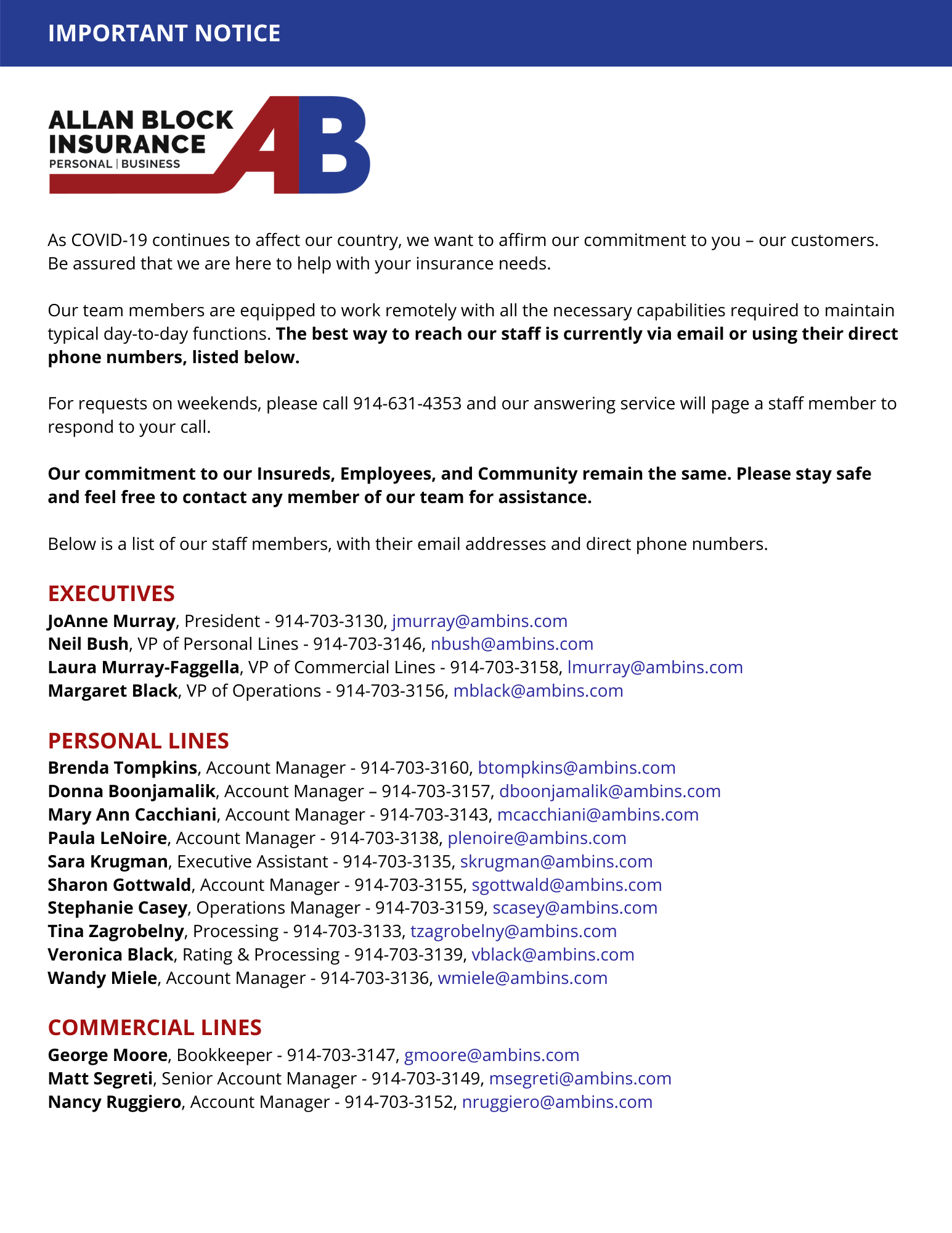Winter typically brings its own hazards to businesses. Reducing the chance of slip, trip and fall accidents should keep your liability losses down and improve your workers compensation insurance performance.
A fall-prevention plan can lower your incidence of injury.
- Check your loss history. Where have previous accidents occurred?
- What caused the fall? Was something leaking, or did staff fail to clean a spill or warn of a slick spot?
- Where are your most vulnerable spots at this time?
- Remember that fallen leaves and branches are hazards. It’s not just ice and wet floors.
- Have you purchased portable spill kits that include folding warning signs?
- Are employees trained on slip, trip and fall hazard avoidance? And do you reward them for attentiveness and intervention?
Injury prevention applies to both visitors and employees, so make sure ladders, employee entrances/exits, and all pieces of equipment are kept free of hazards. Remember that mats, pellets and chemicals used to treat walkways can become problematic themselves, so constant vigilance is required. Someone should be assigned to slip and fall prevention, and everyone should be empowered to remedy problems that arise.
According to the National Safety Council, the average cost of a workers compensation slip-and-fall claim in 2018-2019 was $47,681. Of reported injuries, this is the third-highest cost, with only auto accidents and burns more expensive. Employee falls can hurt your workers compensation experience modification factor and drive your premiums higher. Lost production, overtime and administrative costs make each workers compensation claim very expensive, so make sure your company practices employee-accident prevention as well as visitor safety this season.



